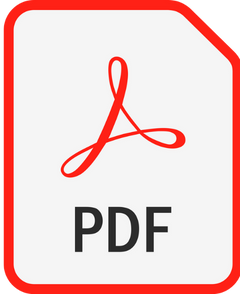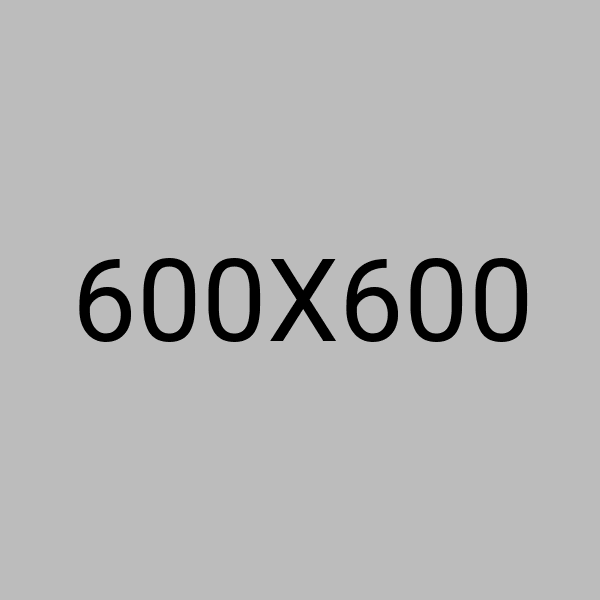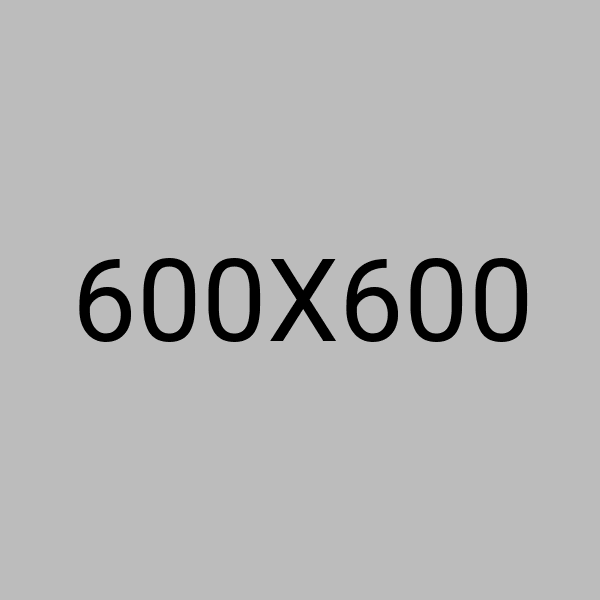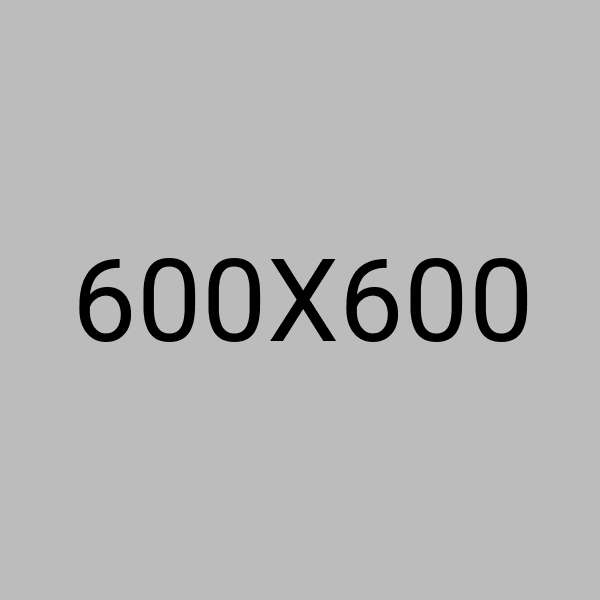The
Arduino Motor Shield is open-source hardware! You can build your own
board using the following files, see document tab above.
The
Arduino Motor Shield must be powered only by an external power supply.
Because the L298 IC mounted on the shield has two separate power
connections, one for the logic and one for the motor supply driver. The
required motor current often exceeds the maximum USB current
rating.External (non-USB) power can come either from an AC-to-DC adapter
(wall-wart) or battery. The adapter can be connected by plugging a
2.1mm center-positive plug into the Arduino's board power jack on which
the motor shield is mounted or by connecting the wires that lead the
power supply to the Vin and GND screw terminals, taking care to respect
the polarities.
To avoid possible damage to the Arduino board on
which the shield is mounted, we reccomend using an external power supply
that provides a voltage between 7 and 12V. If your motor require more
than 9V we recommend that you separate the power lines of the shield and
the Arduino board on which the shield is mounted. This is possible by
cutting the "Vin Connect" jumper placed on the back side of the shield. The absolute limit for the Vin at the screw terminals is 18V.
The power pins are as follows:
- Vin on
the screw terminal block, is the input voltage to the motor connected
to the shield. An external power supply connected to this pin also
provide power to the Arduino board on which is mounted. By cutting the "Vin Connect" jumper you make this a dedicated power line for the motor.
- GND Ground on the screw terminal block.
The shield can supply 2 amperes per channel, for a total of 4 amperes maximum.
Input and Output
This
shield has two separate channels, called A and B, that each use 4 of
the Arduino pins to drive or sense the motor. In total there are 8 pins
in use on this shield. You can use each channel separately to drive two
DC motors or combine them to drive one bipolar stepper motor. The
shield's pins, divided by channel are shown in the table below:
| Function | pins per Ch. A | pins per Ch. B |
| Direction | D12 | D13 |
| PWM | D3 | D11 |
| Brake | D9 | D8 |
| Current Sensing | A0 | A1 |
If
you don't need the Brake and the Current Sensing and you also need more
pins for your application you can disable this features by cutting the
respective jumpers on the back side of the shield. The additional sockets on the shield are described as follow:
- Screw terminal to connect the motors and their power supply.
- 2 TinkerKit connectors for two Analog Inputs (in white), connected to A2 and A3.
- 2 TinkerKit connectors for two Aanlog Outputs (in orange in the middle), connected to PWM outputs on pins D5 and D6.
- 2 TinkerKit connectors for the TWI interface (in white with 4 pins), one for input and the other one for output.
Motors Connection
Brushed DC motor.
You can drive two Brushed DC motors by connecting the two wires of each
one in the (+) and (-) screw terminals for each channel A and B. In
this way you can control its direction by setting HIGH or LOW the DIR A and DIR B pins, you can control the speed by varying the PWM A and PWM B duty cycle values. The Brake A and Brake B pins,
if set HIGH, will effectively brake the DC motors rather than let them
slow down by cutting the power. You can measure the current going
through the DC motor by reading the SNS0 and SNS1 pins.
On each channel will be a voltage proportional to the measured current,
which can be read as a normal analog input, through the function
analogRead() on the analog input A0 and A1. For your convenience it is
calibrated to be 3.3V when the channel is delivering its maximum
possible current, that is 2A.
Physical Characteristics
The
maximum length and width of the Motor Shield PCB are 2.7 and 2.1 inches
respectively. Four screw holes allow the board to be attached to a
surface or case. Note that the distance between digital pins 7 and 8 is
160 mil (0.16"), not an even multiple of the 100 mil spacing of the
other pins.



 ARDUINO A000079 Document 1
ARDUINO A000079 Document 1



